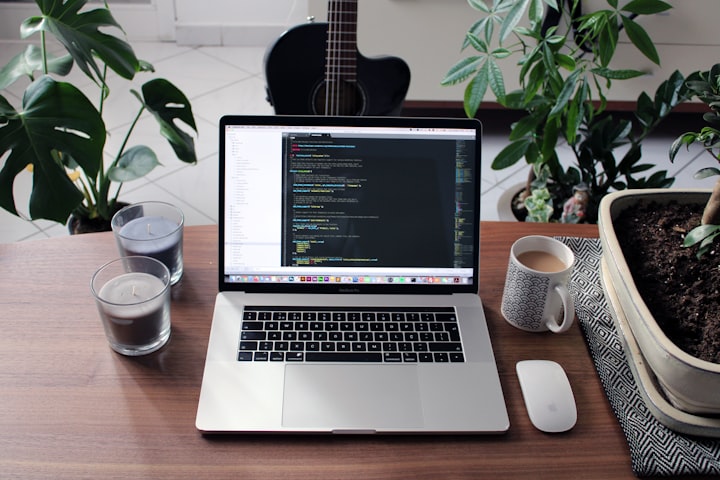Making Your WordPress Site Accessible: Tips for Inclusive Web Design
WordPress Site Accessible

Introduction
In the digital age, websites have become an essential means of communication and interaction. However, not all users have the same abilities or access to technology. As website owners and designers, it's crucial to prioritize accessibility and create an inclusive online experience for all visitors. WordPress, as a widely used content management system, offers powerful tools and features to ensure your site is accessible to people with disabilities. In this blog post, we'll explore the importance of inclusive web design and provide practical tips for making your WordPress site accessible to everyone.
1. Understanding Web Accessibility
Web accessibility refers to the practice of designing and developing websites that are usable by people of all abilities, including those with disabilities. This includes individuals with visual, hearing, cognitive, motor, and other impairments. We'll explore the importance of web accessibility, its impact on users, and how it aligns with the principles of inclusive design.
2. Complying with Accessibility Standards and Guidelines
To ensure your WordPress site meets accessibility requirements, it's essential to follow recognized standards and guidelines. We'll discuss key accessibility standards, such as the Web Content Accessibility Guidelines (WCAG) 2.1, and explain how they provide a framework for creating accessible digital content.
3. Choosing an Accessible WordPress Theme
Selecting an accessible WordPress theme lays the foundation for an inclusive website. We'll explore the features to look for in an accessible theme, including keyboard navigation support, color contrast options, and responsive design. Additionally, we'll recommend accessible theme providers and resources for finding suitable themes.
4. Creating Accessible Content
Content plays a central role in web accessibility. We'll discuss best practices for creating accessible content, including using descriptive alt text for images, providing captions and transcripts for multimedia, using semantic heading tags, and writing clear and concise language for readability.
5. Optimizing Navigation and User Experience
Efficient navigation is crucial for all website visitors, particularly those using assistive technologies. We'll explore tips for optimizing navigation, such as using descriptive link text, creating accessible menus, and implementing skip navigation links to improve user experience for screen readers.
6. Ensuring Forms and Interactive Elements are Accessible
Forms and interactive elements are common components of websites, and ensuring they are accessible is essential. We'll discuss techniques for creating accessible forms, including providing clear instructions, using labels and placeholders, and designing error messages that are easily understood by all users.
7. Making Media Content Accessible
Images, videos, and audio content are integral to modern websites. We'll explore methods for making media content accessible, such as using descriptive captions and transcripts, offering text alternatives for visual content, and providing controls for multimedia playback.
8. Implementing Responsive Design
Responsive design ensures that your WordPress site adapts to various screen sizes and devices. We'll discuss the importance of responsive design for accessibility, as it allows users with disabilities to access your content seamlessly on different devices, including smartphones and tablets.
9. Prioritizing Color Contrast and Fonts
Color contrast and font choices impact the readability of your website. We'll explain how to select accessible color combinations and font styles that are easy to read for all users, including those with visual impairments.
10. Conducting Accessibility Audits and User Testing
Regular accessibility audits and user testing are essential to identify and address accessibility barriers on your WordPress site. We'll provide guidance on conducting accessibility audits using automated tools and manual checks, as well as involving users with disabilities in the testing process.
Conclusion
Creating an accessible WordPress site is not only an ethical obligation but also a legal requirement in many jurisdictions. By embracing inclusive web design principles and implementing accessibility features, you can reach a broader audience and provide an optimal user experience for all visitors.
From choosing an accessible WordPress theme and creating inclusive content to optimizing navigation and user experience, every aspect of your website can contribute to its accessibility. By adhering to recognized accessibility standards and conducting regular audits and user testing, you can continuously improve your site's accessibility and make a positive impact on the lives of all users.
Remember, accessibility is an ongoing commitment. As you publish new content and make updates to your WordPress site, keep accessibility in mind and strive to create an inclusive web experience that empowers all users to access your content and services without barriers. Together, we can create a web that is truly accessible to everyone.





Comments
There are no comments for this story
Be the first to respond and start the conversation.